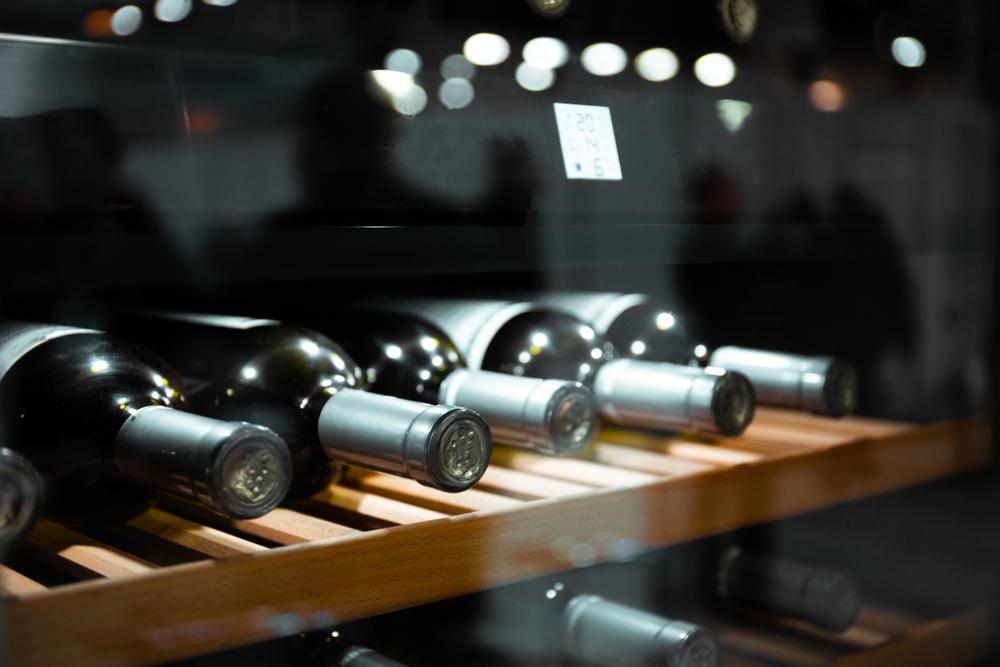Creating and curating a wine collection is serious business for oenophiles. Sir Robert Scott Caywood may have summed it up best, “Compromises are for relationships, not wine.” This raises two questions: Why do I need to protect my wines and what’s the best way to do so?
Acquiring a 1947 Cheval-Blanc is only the first step. Until you’re ready to enjoy it, wine needs to be coddled. Stored properly, a bottle of wine can be handed down in perfect condition from generation to generation. Keep in mind that the most convenient place to keep wine may not be the best choice for long-term storage. Step one is storing it in a dark place, because UV exposure can affect the flavor. Additionally, you need to ensure that the area is subject to minimal or no vibration, which might prove to be a challenge in earthquake-prone areas such as California.






